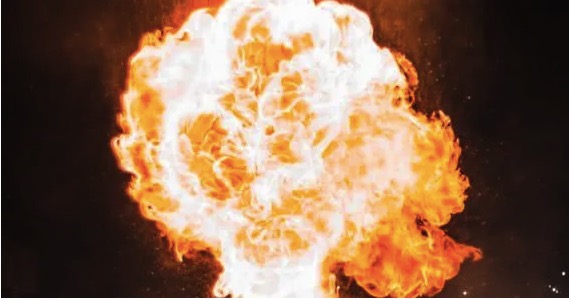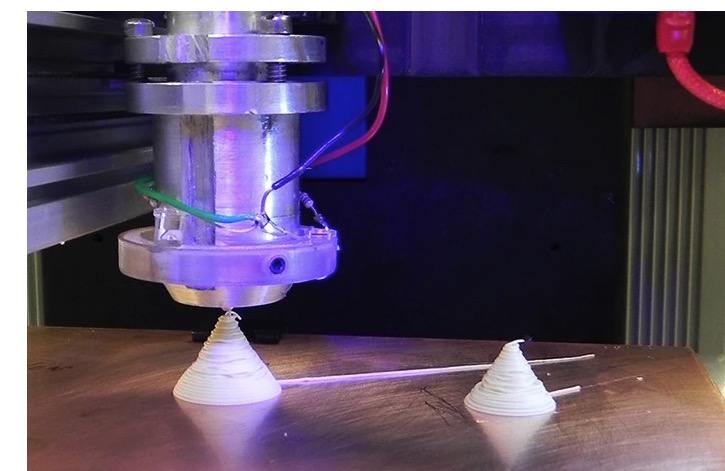Recently, the British Army’s creative3D printingExplosives technology has been unveiled to the world. This trick is really subtle. It can shape any desired specific shape of explosives, so as to get the most “personalized” explosion effect. At the same time, in terms of logistics, only ordinary explosives need to be prepared, and it is no longer necessary to prepare various types of explosives for the troops.The Defence Science and Technology Laboratory (DSTL), an executive agency sponsored by the UK Ministry of Defense, has begun mass production3D printingDynamite.The project aims to pass3D printingCome, realize various customized explosive effects under complex shape design, create new blasting possibilities, and reduce transportation and storage costs.

British engineers from the British Army’s 3rd Rifle Squadron at Taji Base, Iraq, provided training to the Riflemen and their Swedish counterparts in urban technology for the design, manufacture and use of3D printingThe explosives module provides valuable experience.
The application of manufacturing to produce new explosive formulations is part of this future explosives project, which aims to train experts and develop new technologies. The UK Defence Science and Technology Laboratory aims to ensure the contribution of new explosive 3D technology in the UK’s defence and security fields. Recognizing the importance of related new technologies to various security services, the UK Ministry of Defence established the Future Explosives project in 2015. Since then, the Ministry of Defence has invested nearly £10 million in training specialists and developing technology and equipment.

Future explosives projects include blast modeling, blast testing, chemical synthesis, fabrication of novel explosives, and small-scale hazard testing. In order to develop new high-energy materials and methods, scientists on the project have started implementing additive manufacturing.
Currently testing the3D printingProcesses applied to a variety of explosive composition materials. Since the geometry of the explosive can affect different explosion effects, the scientists on this project investigated the energy signatures obtained through additive manufacturing. Focusing on material extrusion and printer capabilities, the project aims to develop custom-shaped explosive modules for theater missions.3D printingOn-demand fees, shipping costs and material consumption are all optimized for cost savings.
To make the process of high-mix explosives safer, the UK Defence Science and Technology Laboratory uses acoustic energy instead of physical stirring blades or sprinklers. Therefore, its components are manufactured in a LabRAM resonant acoustic mixer.
To reduce costs and improve weapons efficiency, the UK government has allocated $2 million to research institutes to develop3D printingMethods for high-energy explosive materials. Flinders University polymer expert Professor Lewis said: “The ability to develop such systems is the next generation of additive manufacturing and is key to this technology becoming mainstream.”
In Indiana, Purdue University professors use3D printingHigh energy material without creating voids within the explosive module. Professor Jeffrey Rhodes said: “We’ve shown that we can print these very energetic explosive materials without voids, which is key. Voids in these types of explosive materials are poor because they usually leading to inconsistencies and sometimes catastrophic burns.”
The working principle of this printer and the general3D printingThe machine is similar, but the difference is that the former can apply high-amplitude ultrasonic vibrations to the nozzle, thereby reducing friction on the nozzle wall, thereby pushing the high-viscosity material forward. This method also enables very precise flow control.
Researchers at Purdue University in the United States have also applied this method to printing biomedical implants, special drugs, etc.3D printingThe emergence of technology has also brought a brand-new solution and breakthrough solution to some industries that developed slowly in the past or were restricted by technological bottlenecks.
(responsible editor: admin)


0 Comments for “UK 3D prints custom explosives to create new blasting possibilities”